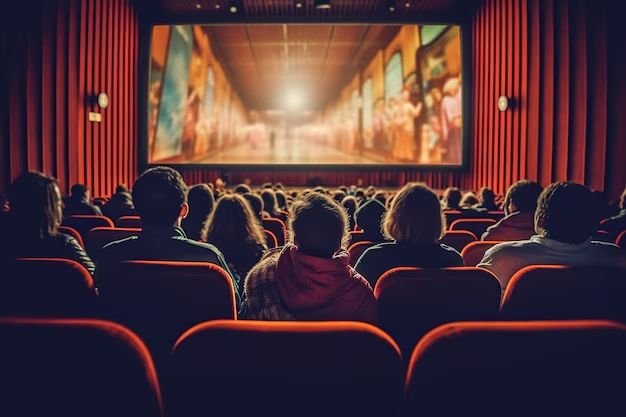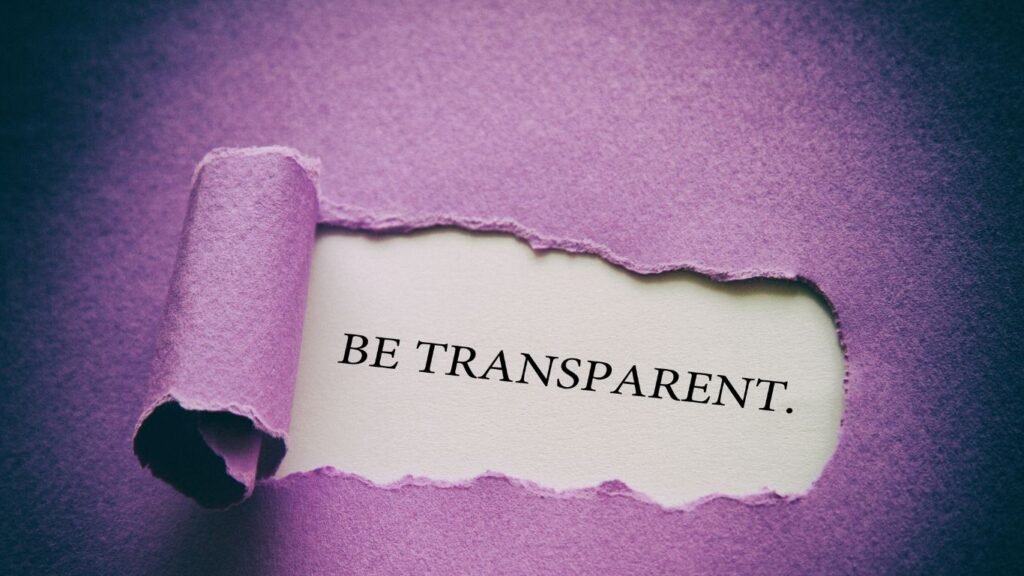Remakes, Franchises, and Nostalgia: The Problem with Modern Bollywood

“Cinema is about surprising the audience. If they already know what’s coming, why would they pay to watch it?” — A Mumbai-based film critic
Bollywood, once a thriving hub of experimentation and imagination, today often looks like a copy of itself. From endless remakes to recycled franchises, the industry leans heavily on nostalgia and brand recall. Audiences, however, have changed. They no longer flock to theatres just for star power or recycled hits. They want stories that feel authentic, bold, and fresh. The disconnect is growing, and the cracks are showing at the box office.
The Remake Obsession
Every Friday, posters scream about another Hindi version of a Malayalam thriller, a Tamil action film, or a beloved Bollywood classic from the 90s. Producers bet big on these remakes, thinking, “It worked once, it will work again.”
Yet the results tell a harsher story. Since the pandemic, twenty-five Hindi remakes hit theatres. Twenty-three flopped or underperformed. Only Drishyam 2 and Shaitaan survived the curse, both because they respected the original material while also tailoring it to the Hindi audience.
Audiences now ask: why watch a watered-down version when the original is just a click away? Streaming platforms changed the game. A teenager in Delhi or Lucknow doesn’t wait for a dubbed remake. They watch the original Arjun Reddy or Jersey on OTT with subtitles.
A senior trade analyst summed it up bluntly: “The Hindi audience is far smarter now. You can’t sell them the same film twice.”
Where Remakes Go Wrong
- Cultural mismatch: A story that thrives in one region may not land in another without adaptation. What feels raw and edgy in Telugu might look exaggerated in Hindi.
- Creative laziness: Instead of re-imagining, many remakes simply copy scene for scene. The soul disappears.
- Star-power gamble: Casting a big actor is no substitute for a strong script. When word of mouth turns negative, the film collapses.
The fate of Deva in 2025 makes the point. It remade the Malayalam hit Mumbai Police, but in the process cut out the daring climax that involved the protagonist’s sexuality. The remake not only diluted the original but also stripped it of its bold commentary. Audiences noticed. The film bombed.
Remakes That Worked vs Flopped
Worked:
- Drishyam 2 (2022) — Smart adaptation, strong performances.
- Shaitaan (2024) — Gripping storytelling, solid casting.
Flopped:
- Selfiee (2023) — Outshined by original Malayalam hit.
- Jersey (2022) — Emotional depth lost in translation.
- Deva (2025) — Neutered climax, lost authenticity.
Franchise Fever: The Sequel Syndrome
If remakes aren’t enough, Bollywood banks on sequels. The logic is simple: audiences loved it once, so they will line up again. But the reality? Sequels often look like stitched-together jokes and recycled action sequences.
Take Housefull 5. The comedy franchise returned in 2025 with its fifth installment. It opened strong, thanks to Akshay Kumar’s presence and years of brand recall. But reviews called it “a parade of old jokes in new costumes.” Social media memes captured the fatigue: “Housefull 5 proves Bollywood recycles jokes better than plastic.”
Then came Baaghi 4. Tiger Shroff punched, kicked, and flipped through yet another thin storyline. The opening weekend pulled crowds, but collections plummeted soon after. Critics mocked its recycled action set pieces. One headline quipped, “Baaghi 4: Same stunts, zero story.”
The Franchise Trap
- Sequel fatigue: Audiences no longer buy the same formula with just louder explosions.
- Legacy erosion: A beloved first film loses shine when weaker sequels follow. Race 3 is still remembered as the film that killed the franchise.
- Creative stagnation: Studios invest in sequels because they look safe. But over time, the lack of risk becomes the biggest risk.
Hollywood franchises often attempt world-building. Even the Fast & Furious series adds new characters, global heists, and larger-than-life arcs. Bollywood rarely invests that effort. Too many sequels ride only on the memory of the original.
Nostalgia Overload: Reboots and Remixes
If it isn’t a remake or sequel, it’s a remix. Iconic songs from the 80s and 90s return with thumping beats and EDM drops. Tip Tip Barsa Paani, Masakali 2.0, Galliyan Returns — the list keeps growing.
What begins as a tribute often ends up as an insult. Audiences complain that beloved songs lose their charm when turned into synthetic club tracks. “We didn’t ask for Tip Tip 2.0,” one viral tweet joked, “we just wanted Bollywood to make new memories.”
The same applies to film reboots. When Coolie No. 1 returned in 2020 with Varun Dhawan, critics shredded it. Instead of reviving Govinda’s magic, it exposed how shallow the copy felt in today’s context.
Not all nostalgia bombs misfire, though. Sitaare Zameen Par in 2025 pulled it off. The film tapped into the emotional recall of Taare Zameen Par while adapting a Spanish story about underdog athletes. Audiences felt a mix of old warmth and new excitement. It became the third highest-grossing Hindi film of the year.
The lesson? Nostalgia can work, but only when it acts as seasoning, not the whole dish.
Read More – The Ba***ds of Bollywood Review: Aryan Khan’s Bold Debut
The Business of Playing Safe
Why does Bollywood keep returning to the past? The answer lies in economics.
The pandemic reshaped viewing habits. Audiences stopped rushing to theatres for every release. Multiplexes struggled with half-filled halls. PVR Inox, India’s biggest theatre chain, reported mounting losses in 2024, blaming weak Bollywood line-ups. Producers saw the risk: an original idea could flop and sink crores.
So they clutched the safety net of remakes, franchises, and nostalgia. “When investors ask for guarantees, filmmakers turn to what worked before,” explains a producer who requested anonymity.
But that safety is an illusion. The statistic is clear: twenty-three out of twenty-five remakes failed after the pandemic. What once looked risk-free now bleeds money.
Audiences Have Moved On
Bollywood underestimated how quickly audiences evolved. Streaming platforms exposed them to Korean thrillers, Spanish dramas, and Telugu blockbusters. When a Hindi remake releases months later, viewers shrug: “We’ve already seen it. And it was better.”
Younger audiences also demand authenticity. They mock posters that look copied. In 2025, social media caught similarities between multiple Bollywood posters—Saiyaara, Aankhon Ki Gustakhiyaan, Dhadak 2. Memes called it “copy-paste cinema.” The hashtag trended for days.
Meanwhile, regional cinema thrived. Lokah: Chapter 1 – Chandra emerged as the third highest-grossing female-led Indian film ever. Chhaava, a historical Hindi epic, stormed past ₹500 crore without leaning on remakes or nostalgia. Audiences rewarded originality.
A young viewer summed it up outside a Mumbai theatre: “Why should I pay for a rerun when South films are giving me stories I’ve never seen before?”
Case Studies: Hits and Misses
- The Bomb: Deva (2025) stripped its Malayalam source of daring themes, neutered the climax, and collapsed at the box office.
- The Fizzle: Baaghi 4 delivered stunts but no story. Collections dropped after the first weekend.
- The Blend: Sitaare Zameen Par balanced nostalgia with novelty, grossing ₹266 crore worldwide.
- The Triumph: Chhaava proved fresh storytelling still draws massive crowds, crossing ₹500 crore in India alone.
The Cost of Unoriginality
Bollywood’s dependence on recall value carries hidden costs:
- Creativity suffers: Young writers with bold ideas struggle to break through when studios chase remakes.
- Audience trust erodes: Each flop deepens the perception that Bollywood has run out of ideas.
- Cultural stagnation: Hindi cinema risks becoming irrelevant as regional industries take creative leaps.
Film historian Anupama Chopra warned in a recent talk, “Bollywood cannot survive on memory. If it doesn’t tell stories that speak to today, it will become yesterday’s news.”
A Path Forward
What can change the tide?
- Respect the source: If remaking, adapt meaningfully, not mechanically. Keep the soul intact.
- Empower writers: Pay and promote scriptwriters. Let story drive casting, not the other way around.
- Smarter franchises: Build worlds, not just sequels. Each film should add layers, not repeat beats.
- Genre diversity: Move beyond rom-coms and masala action. Explore psychological thrillers, social satires, science fiction.
- Collaboration: Instead of remakes, co-produce with regional filmmakers. Let multiple voices shape the story.
Audiences already send signals. They show up for originality, whether it’s the grandeur of Chhaava or the freshness of female-led blockbusters. Bollywood just needs to listen.
Conclusion: Looking Back vs Moving Forward
Bollywood stands at a crossroad. On one side lies the comfort of the past—remakes, sequels, nostalgia. On the other lies the risk of originality.
The numbers prove the old formula is breaking down. The stories that win today are the ones that dare—original epics, bold experiments, thoughtful adaptations.
As one critic wrote, “Bollywood has to stop treating its audience like it’s still the 90s. The world has changed. So must the stories.”
If Hindi cinema wants to remain the heartbeat of Indian entertainment, it must stop recycling yesterday’s hits and start writing tomorrow’s classics.
Also Read – Jolly LLB 3 Review: Courtroom Drama with Humor & Heart













